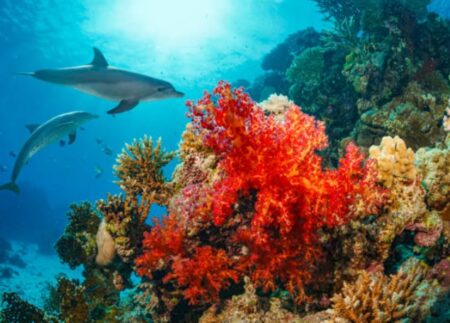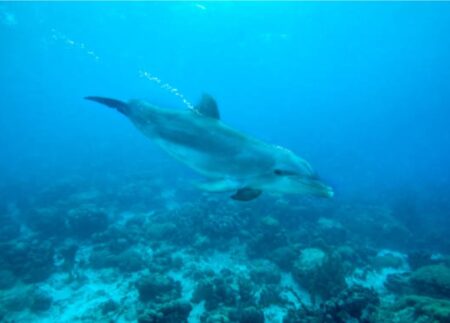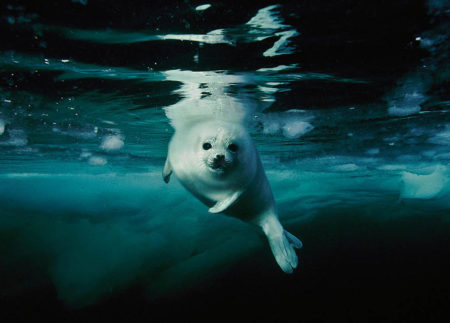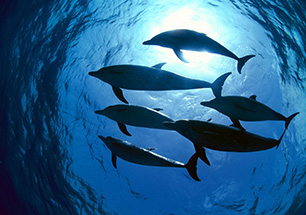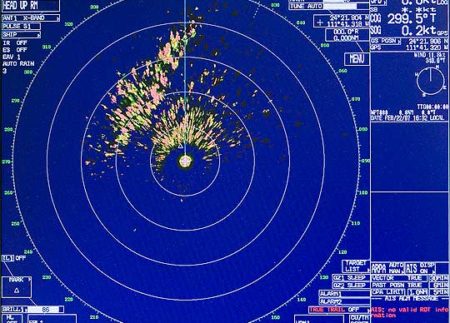KEY QUESTIONS
- What is the biological significance of masking on marine mammals?
- What are the long-term and cumulative effects of masking from E&P sound on marine mammals?
SUMMARY
Killer whales are the largest delphinid odontocete and have the most cosmopolitan distribution of all cetaceans. Sound is important to these long-lived animals and is important for individual and group identification, communication, coordinating group behavior, navigation, and foraging. Anthropogenic noise has been identified as one of three major threats to the recovery of endangered killer whale populations, and auditory masking can potentially interfere with the reception of biologically-relevant acoustic signals. Critical ratios have been adopted as a metric to measure and predict auditory masking in marine mammals, and this effort measured critical ratios in killer whales associated with masked detection thresholds. Results indicated that critical ratios for killer whales were similar to other odontocetes despite considerable differences in size and hearing sensitivity between the different species.
Objectives and methods
- Measure critical ratios in killer whales using a standard psychophysical method
- Masking conditions were 1-octavewide, continuous Gaussian noise. Signals were frequency-modulated tones between 500 Hz- 80 kHz.
Importance
Hearing studies of all marine mammal species are intractable because of laws protecting marine mammals, not all species are found in captivity, and logistics related to measuring hearing abilities. Defining functional hearing groups allow for the extrapolation of one or a few species tested to those where testing is not possible. This work verified that the hearing capabilities of killer whales is consistent with that of other odontocetes species testing, proving support for including killer whales in the functional hearing group as other delphinid dolphin species.
Links to other research
- Part A: Masking in Marine Mammals – A Review and Research Strategy
- Part B: Masking of noise from seismic air guns on detection of sound by seals
- Part C: Masking and masking release in harbor seals and harbor porpoises
Institutions/PIs
- National Marine Mammal Foundation (Brian Branstetter)

